News
-
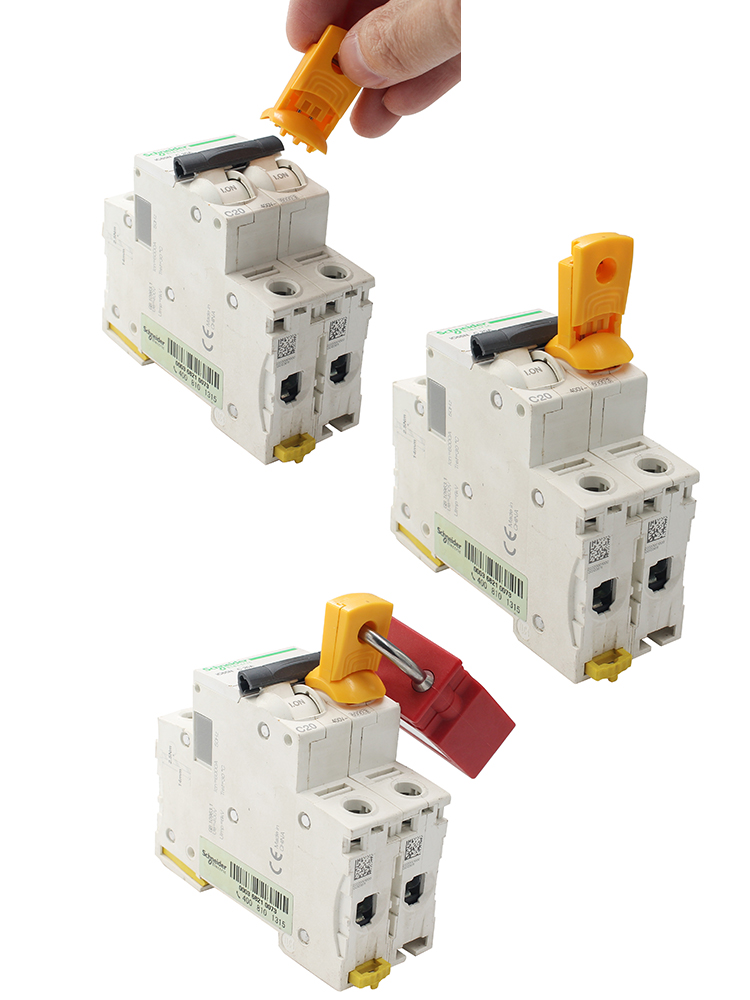
Workshop energy isolation implementation code
Workshop energy isolation implementation code 1. When energy isolation work is involved in the workshop, standard operation shall be carried out according to the Energy Isolation Management Regulations of a branch Company 2. Both locking and blind plates are energy isolation methods of the proce...Read more -
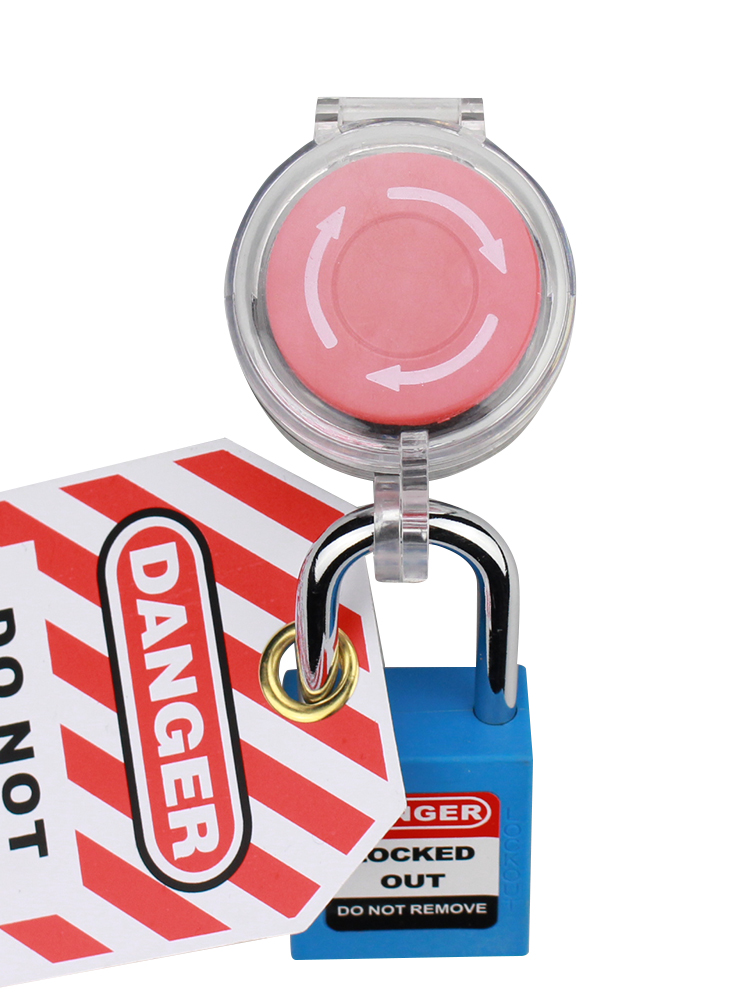
Electric Lockout tagout program in offshore oil and gas platform commissioning operation practice
Electric Lockout tagout program in offshore oil and gas platform commissioning operation practice The PL19-3 and PL25-6 offshore fields in the Bohai Sea are being jointly developed by Conocophillips China Limited and China National Offshore Oil Corporation. COPC is the operator responsible for th...Read more -
Electrical maintenance work
Electrical maintenance work 1 Operation Risk Electric shock hazards, electric arc hazards, or spark accidents caused by short circuit may occur during electrical maintenance, which may cause human injuries such as electric shock, burn caused by electric arc, and explosion and impact injury caused...Read more -
Steel Service Center Market Share and Growth Development in 2023 | Competitive Strategies, Business Needs, Future Trends and Forecast of Leading Players to 2029
The Steel Service Centers Market Report offers detailed insight into industry dynamics (key drivers, trends, restraints and opportunities), details of market segmentation, regional revenue analysis and growth rate of top manufacturers – Ryerson Holdings, VAI Steel and Service Center Ltd, Ta...Read more -
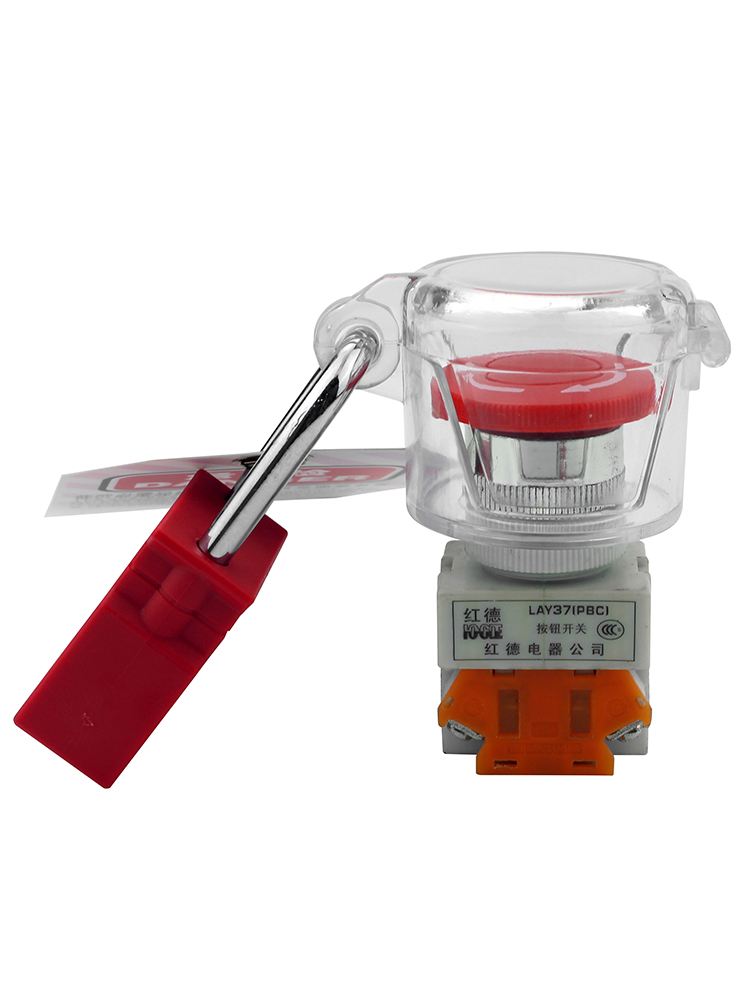
Dangerous energy represents a danger that must be controlled
To comply with the requirements of 1910.147, hazardous energy sources such as electrical, pneumatic, hydraulic, chemical, and thermal energy must be properly isolated to zero power using a sequence of shutdown steps documented by an interlock procedure. The above hazardous energies represent a ha...Read more -

LOTO is implemented for power facilities
To implement LOTO at its power facility, the South Company assessed all areas where tagging had previously been applied and determined the number of physical interlock devices required at the facility. As a result, more than 170,000 security products have been ordered, including Lockey security p...Read more -
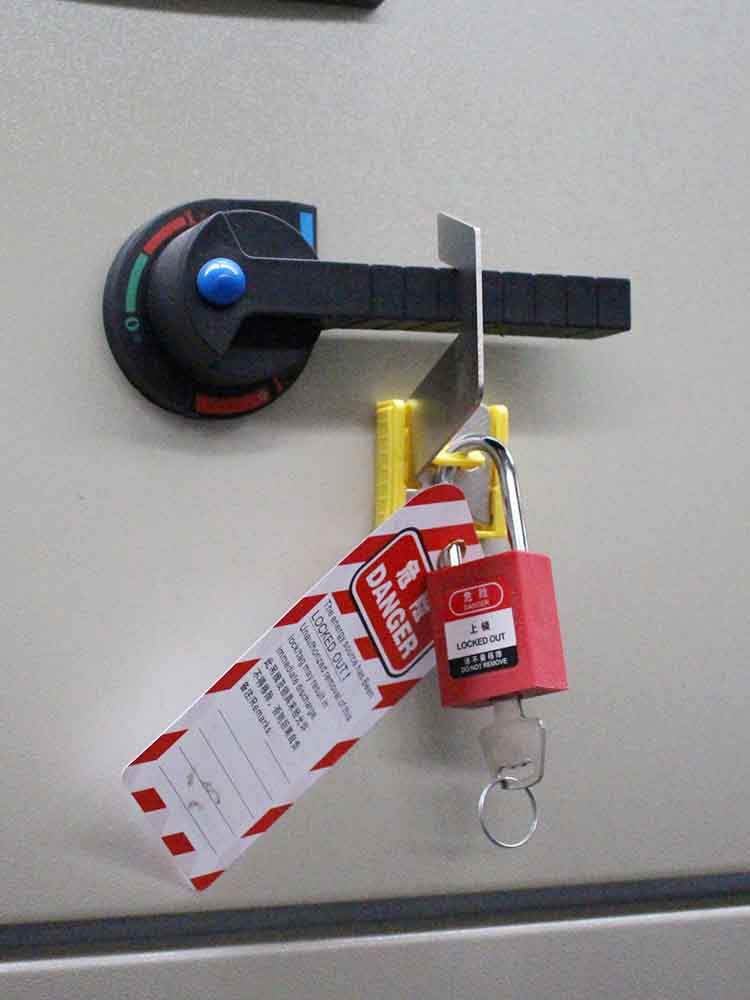
How to Meet OSHA Compliance with Lockout/Tagging – Health and Safety
How to Meet OSHA Compliance with Lockout/Tagging – Health and Safety A well-structured training program can help companies avoid the human and financial costs associated with OSHA violations. Construction remains one of the most dangerous industries in the US. Last year alone, deaths in p...Read more -

Does the written Lockout tagout procedure contain all the required information?
Does the written Lockout tagout procedure contain all the required information? Verify that the Lockout tagout program contains all of the following requirements: a) Identify all potential hazardous energy sources, b) isolation, c) Zero energy state, d) Any service or maintenance activities prior...Read more -
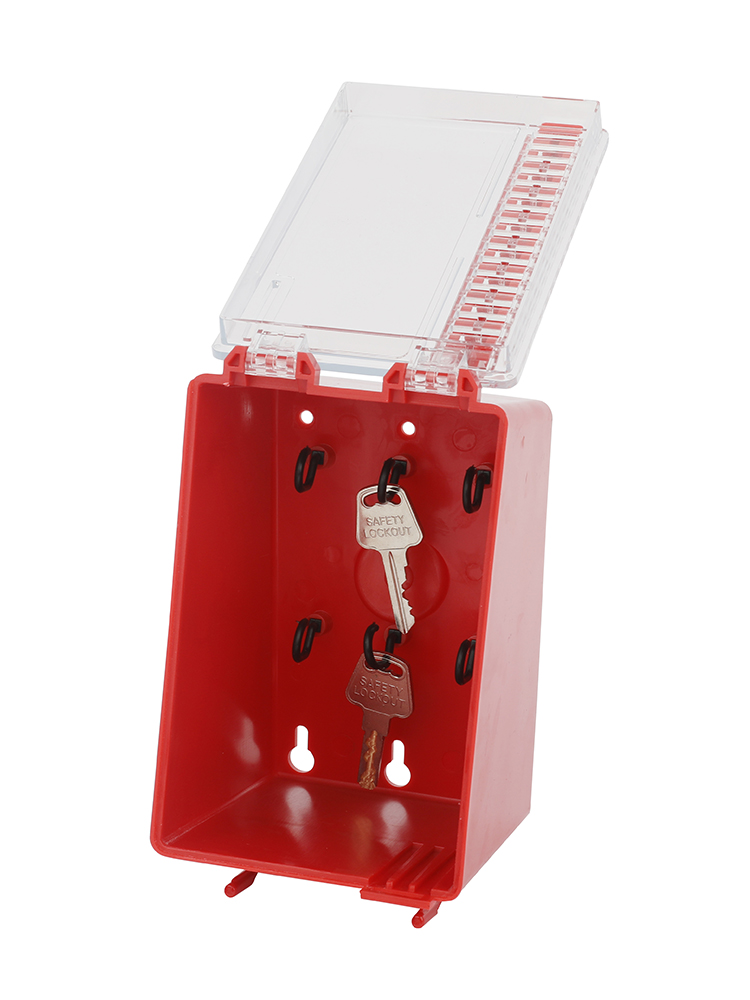
Set up authorized personnel ledger for management
Lockout tagout Training authorized personnel (New and re-training) Set up authorized personnel ledger for management On-site Lockout/tagout process audit (1) Evaluate and review the control points required for Lockout/tagout process on site. (2) Responsible for preparing the Lockout/tagout proces...Read more -
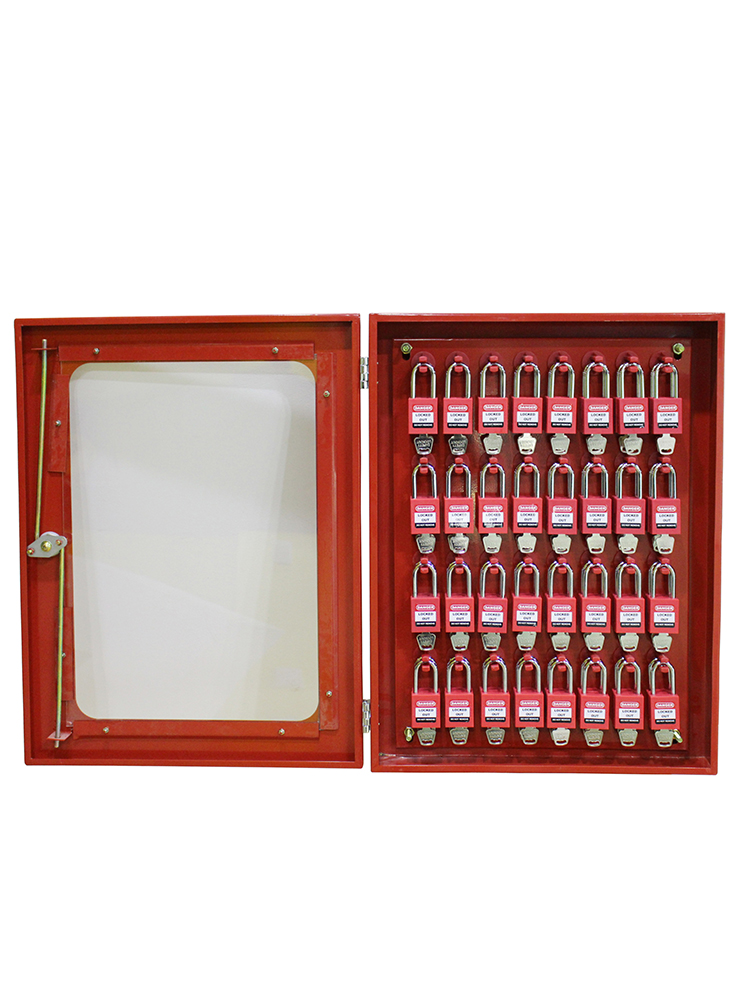
LOTOTO locks vs. administrative locks
LOTOTO locks vs. administrative locks Locks and signage used in LOTOTO must be clearly distinguished from all other management locks (e.g., state of the art locks, equipment supervisor locks, security locks, etc.). Don’t mix them. LOTOTO‘s special case When performing some test opera...Read more -
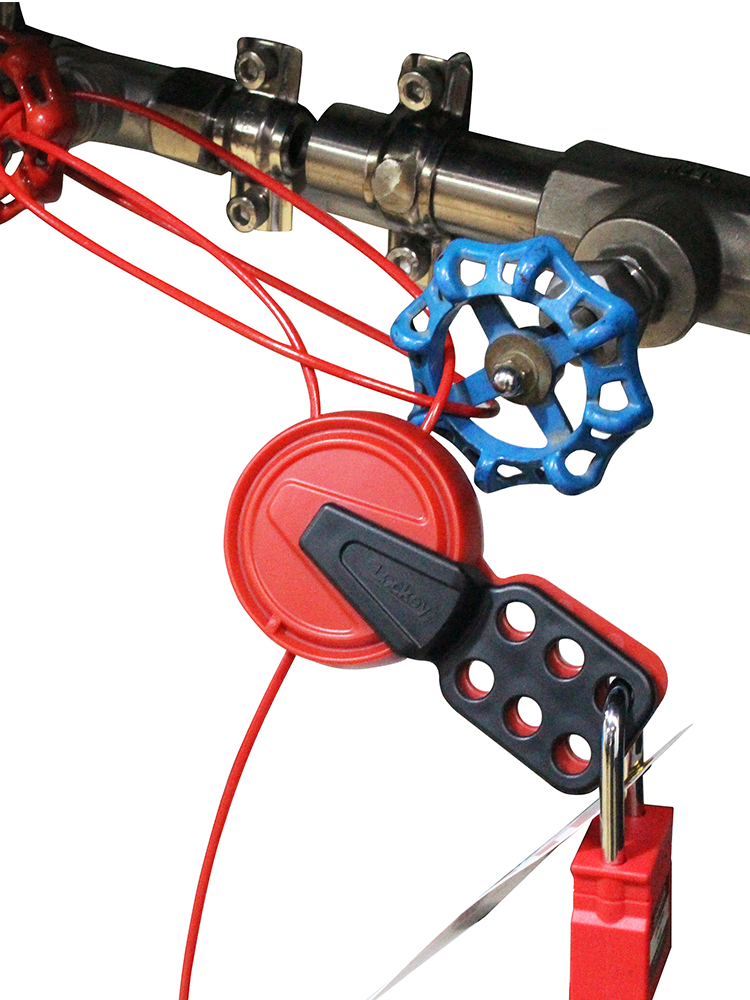
The device is faulty and does not Lockout tagout
The device is faulty and does not Lockout tagout In July 2006, an employee surnamed Yang of a company in Qingdao was electrocuted while disassembling the heating ring of an injection molding machine, causing one death. How the accident happened: When Yang, an injection molding machine operator, ...Read more -

Cleaning plant equipment maintenance Lockout tagout operation guide
Cleaning plant equipment maintenance Lockout tagout operation guide 1. Scope of application of this instruction: routine maintenance, regular maintenance, overhaul, emergency repair and emergency rescue of coal washing plant equipment. 2. Equipment maintenance must be implemented Lockout tagout ...Read more






